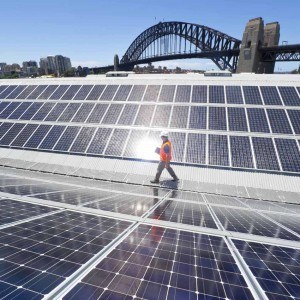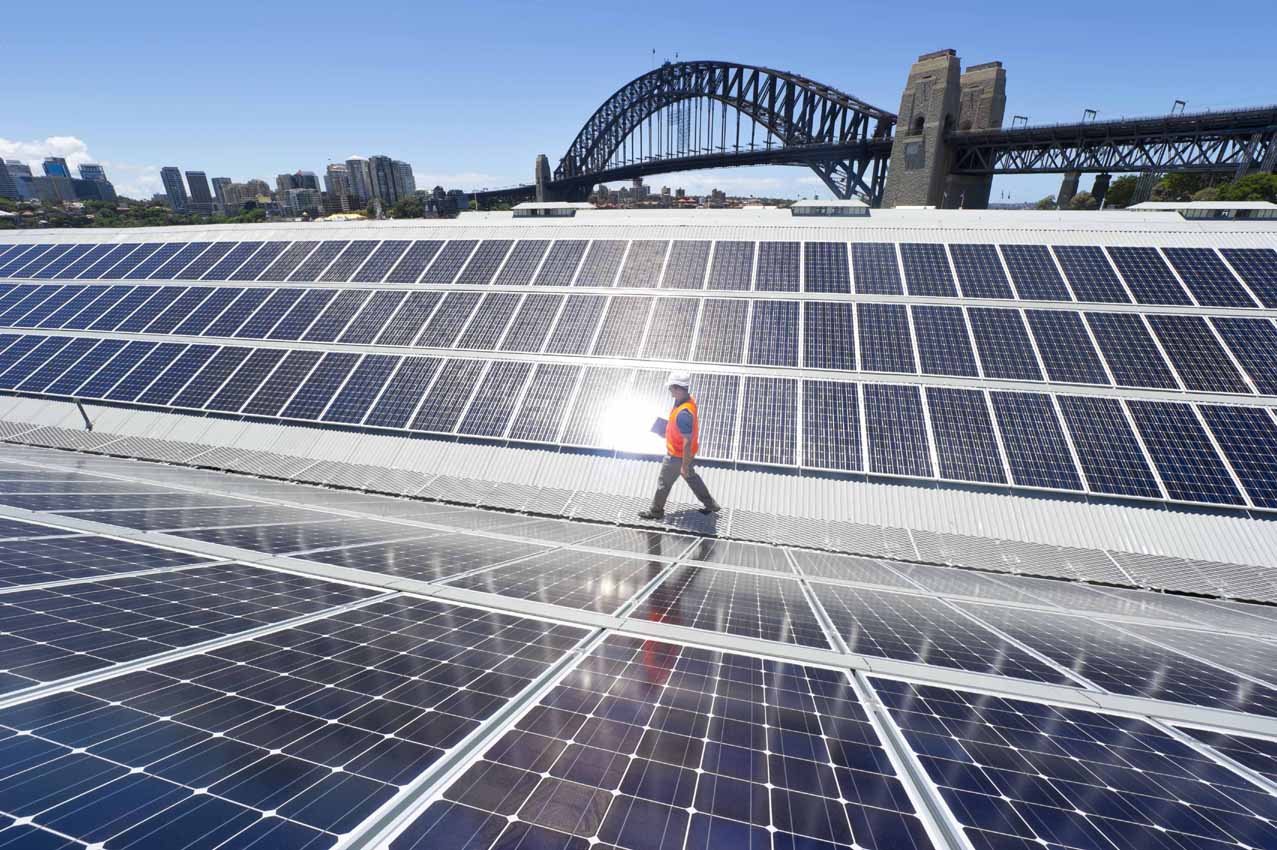You can see if an industry is growing or not by looking at the cold facts. With regards to Sydney solar energy matters, statistics show that there is a steady increase in the supply and consumption of electric power generated by photovoltaic cells or solar panels.
According to the Australian Solar Council, Australia added approximately 1 GW of solar PV capacity last year. This increased Australia’s solar power capacity around 70% to 2.4 GW. This brought down the price of solar energy to a new low of 55 cents per watt. The average cost was $7 in 2008, according to John Grimes, the chief executive of the ASC.
With this reduction of Sydney solar energy costs, solar energy is now within reach of the average consumer. The simple fact of cost savings in electricity is driving the popularity of solar energy not just in Sydney, but in all parts of the country.
The demand for PV cells was relatively low at the start of the year but because of recent developments affecting its cost, the demand has picked over the past weeks. Some authorities in the industry have suggested that 2014 will see an increase in the demand of Sydney solar energy of more than 1 GW or even more.
The government has been considering the recommendation made by the Climate Change Authority based on their Renewable Energy Target review to reduce the size of large PV installations intended for the small-scale-solar systems. Some believe this will put a break on the already increasing demand for Sydney renewable energy.
Nevertheless, a research released by Bloomberg New Energy Finance indicated that new solar systems are now cheaper than the cost of building new coal-fired power plants in the country. With these cold facts, the future seems positive for solar systems in Australia.
The same research study also found out that in Australia the cost of solar photovoltaic has fallen by about 29% since 2011. However, the cost of energy generated from fossil fuels has continued to increase during that time. This is due to the high financing costs of building and maintaining coal-fired power plants. The same goes with the production of liquefied natural gas or LNG. There is also the consideration of carbon taxes which adds further to the increasing costs of energy extracted from fossil fuels.
The conclusion made by the Bloomberg New Energy Finance research is that by 2020, large scale solar energy systems will be cheaper than the orthodox energy sources like coal and gas. Based on their study, they also foresee the competitiveness of solar-thermal and biomass in their costs of electricity generation.
Their overall assessment is that Australia will be powered increasingly by renewable sources of energy such as Solar PV systems and not so much with the traditional gas and coal-fired power plants. This may affect investments earmarked for the development of fossil fuel alternatives. That means Sydney solar energy will get more common because of the Sydney renewable energy situation.
by Australian Solar Quotes

